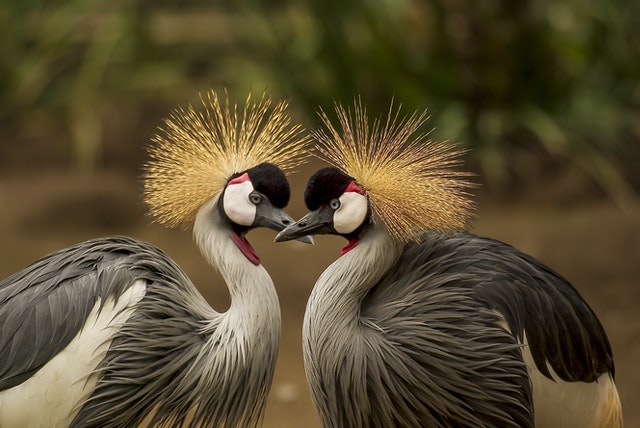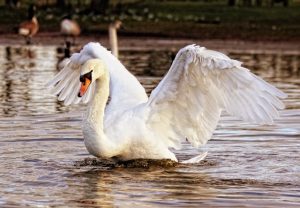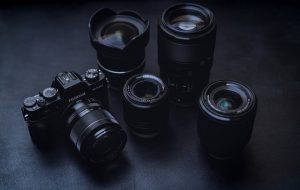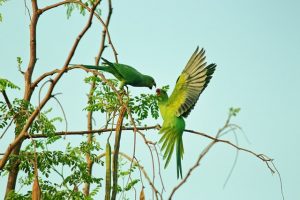How to shoot birds in the park?

The word is familiar to everyone. We often imagine it as something rather complicated, inaccessible to ordinary photographers. Everyone can hunt with a camera for the inhabitants of the nearest park. Birds in parks are accustomed to people and let them get close enough. When the trees are not covered with foliage, even in a dense forest, it is quite light during the day, and all branches are visible. It’s time to try yourself in bird photography.
There are several approaches to bird photography. Let’s take a look at them.

With the “passive” approach, the photographer hides in a shelter point the camera to where, for example, the bait lies and waits for feathered guests. This approach gives great results in the wild when the birds are very shy. They do not pay attention to the still photographer hiding on the cover. Advanced photo hunters choose this method because it requires experience, the ability to disguise, knowledge of the peculiarities of the behavior of birds. We’re going to talk about a simpler approach.
An “active” approach means taking pictures of birds on the move: we carefully approach our “model” and shoot. This method is most effective in places where birds are accustomed to people and are not very frightened when they approach. Interestingly, in different parks, birds have different boundaries to which they are ready to admit a person. Sometimes you can get close to them, and sometimes you have to shoot from afar.
We strive to take a close-up photo of the bird. Usually, birds are photographed at a distance of 3-10 meters. And to show this small creature in close-up, you need a telephoto lens. For “crop” lenses with a focal length of more than 200 mm can be recommended, for a full-frame – more than 300 mm. Many lenses fit into these criteria. Among them, there are both expensive models and more budgetary ones. For example, an available lens for Nikon SLR cameras is the Nikon 70-300mm f / 4.5-5.6G ED-IF AF-S VR Zoom-Nikkor. I can use it both on crop and full-frame. Among the more expensive models, the well-proven Nikon AF-S 80-400mm f / 4.5-5.6G ED VR Nikkor among birdwatchers is worth highlighting.
When choosing a telephoto lens,

it is important to pay attention to its focal length (how close it is) and the aperture ratio, and the presence of optical stabilization. High-aperture lenses will help you get better shots because birds are shot at very fast shutter speeds, which can only achieve by significantly increasing the ISO. Optical stabilization is very important because it is easy to get blurry images on a telephoto lens from camera shake in your hands. The stabilizer is very effective in helping to avoid this. How do you calculate the shutter speed you can shoot handheld, and the frame will not be blurred?
How do you set up your camera for taking pictures of birds?

Perhaps the main parameter that is important for a photographer is exposure. It should be short enough so that nimble feathered fidgets are not blurred in the frame. In addition, fast shutter speeds can help prevent handshake blur. Birds are the best shot at shutter speeds shorter than 1 / 250-1 / 500 s. The diaphragm will almost always remain open; this way, we get enough light at a short shutter speed. However, to make a sufficiently bright, correctly exposed frame at such fast shutter speeds (even with an open aperture), you will have to increase the ISO greatly – be prepared for this. It is good to be armed with a modern camera like Nikon D5500, Nikon D7100, or Nikon D750. These models produce low digital noise even at high ISOs.
Since shutter speed is the most important for us, it will be convenient to take pictures in S mode (shutter priority), having given other parameters to the automatic control. It is convenient to use continuous shooting: this way, you will not miss the most beautiful movement phase or the expressive tilt of the bird’s head.

Most of the birds you can meet near their feeding places. Parks usually have special places with feeders. Note that the shots will turn out more beautiful if you shoot.
The birds not on the feeders themselves, where there is usually a mess, but on nearby branches. Try birdwatching and catch the best angles.






